Building something that works is the easy part. We’ve got plenty of design rules and patterns that ensure functionality. But the real challenge? Creating designs that connect emotionally with users.
Why should designers focus on understanding people? Because when you understand how the brain works, you can create experiences that go beyond just being useful — they become memorable, personal, and even loved. This is where neurodesign comes in. By using how our brains respond, we can build trust, loyalty, and excitement around our designs.
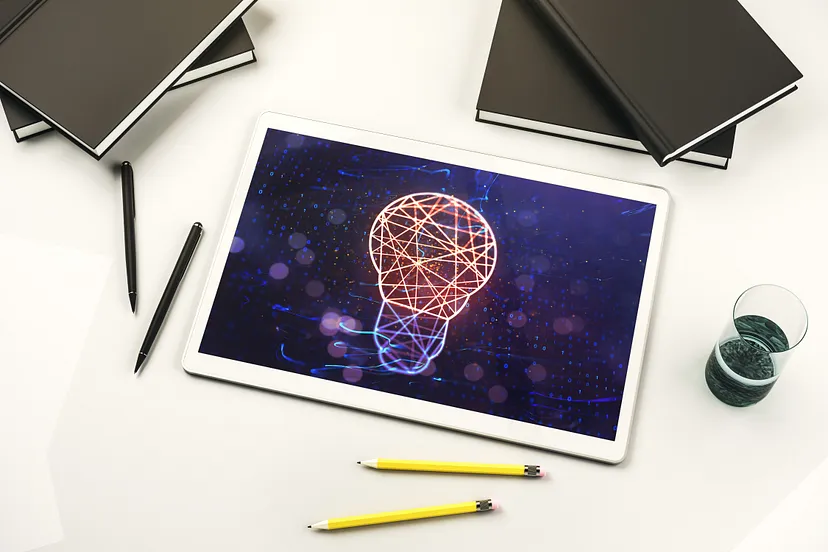
Why the Brain Matters in Design?
The brain is fascinating. It’s not just a processor for logic and decisions; it’s an emotional powerhouse, storing memories and creating feelings that influence everything we do. As designers, our job isn’t just to make things work. It’s to design experiences that feel right — experiences that leave a lasting mark on users.
When Steve Jobs famously said, “Design is not just what it looks like and feels like. Design is how it works,” he was talking about the seamless fusion of function and form. But here’s the thing — design isn’t just about solving problems efficiently. The real magic happens when you also make the user feel something meaningful. It’s the difference between a product that’s “just okay” and one that people love.
Think of it this way: When you use an app or product, you’re not just interacting with a bunch of buttons or menus. You’re having an experience, and that experience triggers emotions — whether it’s excitement, frustration, or delight. Our brains are wired to remember how those experiences made us feel, more than the specifics of what happened. That’s why Maya Angelou’s words resonate so deeply:
“People will forget what you said, people will forget what you did, but people will never forget how you made them feel.”
The Three Pillars of Neurodesign

1- Visceral Design: First Impressions Matter
Visceral design focuses on the initial reaction a user has when they first see or use a product. This first impression sets the stage for the entire experience.
Take Headspace as an example. Their onboarding screens are calming and visually pleasing, using soft colors and simple shapes to immediately relax the user. The moment you open the app, it gives you a sense of peace, which is exactly what you want in a meditation app.
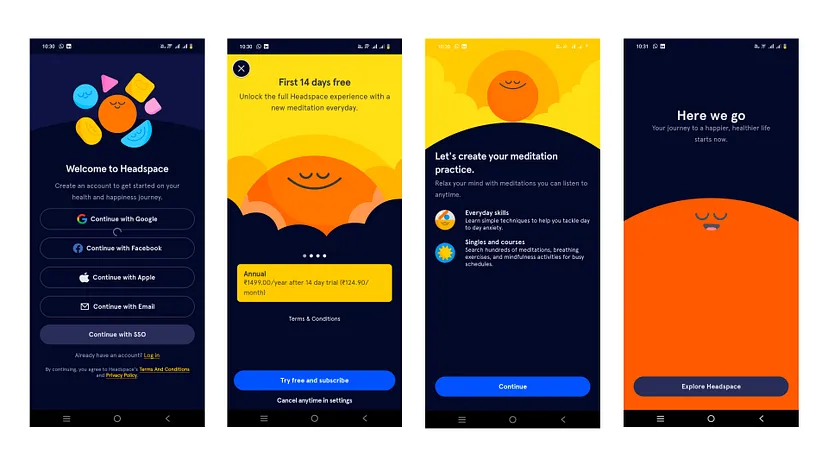
These kinds of first impressions are powerful because:
- They make users more forgiving of any small issues that come later.
- They lay a positive foundation for the rest of the user’s journey.
- They encourage users to spread the word because they feel good right from the start.
As Dieter Rams said, “Good design is making something memorable and meaningful.” A strong first impression sets that tone.
2- Behavioral Design: How It Feels to Use
Behavioral design is about how users feel while they’re interacting with the product. If the experience is smooth and personalized, users feel more engaged and satisfied.
A great example of this is Lifesum. When you first use the app, it asks for personal details like your age, weight, and reasons for using the app. This kind of personalization makes the user feel like the app is designed specifically for them. It’s more than just tracking your calories — it’s about helping you achieve your goals.

This leads to:
- Empowered users who feel like they are in control of their experience.
- Higher engagement because users feel personally invested.
- Trust and reliability, since the app tailors the experience to their needs.
Nir Eyal, author of Hooked, says, “A habit-forming product must ease pain while also satisfying emotional needs.” Personalization in behavioral design makes the experience more meaningful.
3- Reflective Design: What Stays with You
Reflective design is about what users remember after they’ve used a product. It’s the emotional impression that sticks with them and makes them want to come back.
Take Google Pay’s rewards feature. After every payment, you get a digital scratch card as a reward. This creates a sense of excitement, turning a regular payment into something fun and rewarding. You can even track how many rewards you’ve earned, which adds to the satisfaction.

Positive reflective design does a few important things:
- It builds a sense of accomplishment and excitement.
- It encourages users to share their experience with others.
- It creates lasting positive memories, making users more likely to return.
Frank Chimero once said, “People ignore design that ignores people.” Reflective design ensures that your product is more than just functional — it’s something users enjoy and remember.
Design for Emotion, Not Just Function
Different products evoke different emotions. The goal is to figure out what feelings your product should inspire. For example:
- A banking app should make users feel safe and secure.
- A fitness app should motivate users and reward their efforts.
- An education app should spark curiosity and give a sense of achievement.
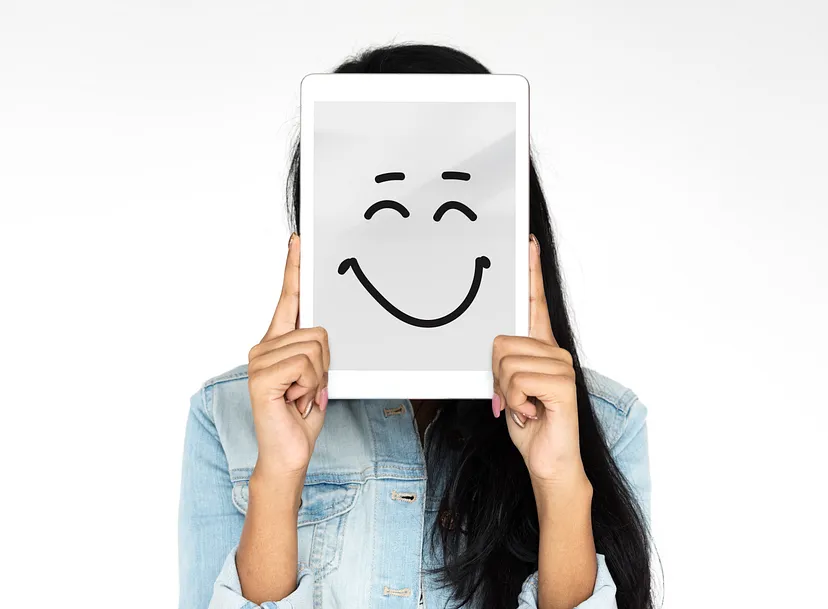
When designing, always ask yourself:
- What do I want the user to feel in this moment?
- What do they need to see or experience right now?
- How can I make them feel satisfied and valued?
- How can I make them feel special?
So, the next time you’re designing, remember — it’s not just about function. It’s about creating an emotional journey that sticks with your users. Whether it’s that first impression or the long-lasting memory, when your design makes people feel, you’ve truly succeeded.
Kudos to you for diving deep into the world of neurodesign! Now go create something that not only works but wows. 🎉


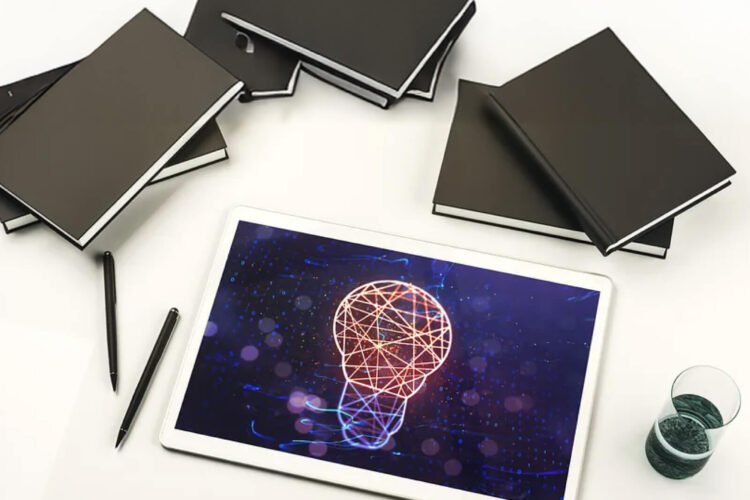
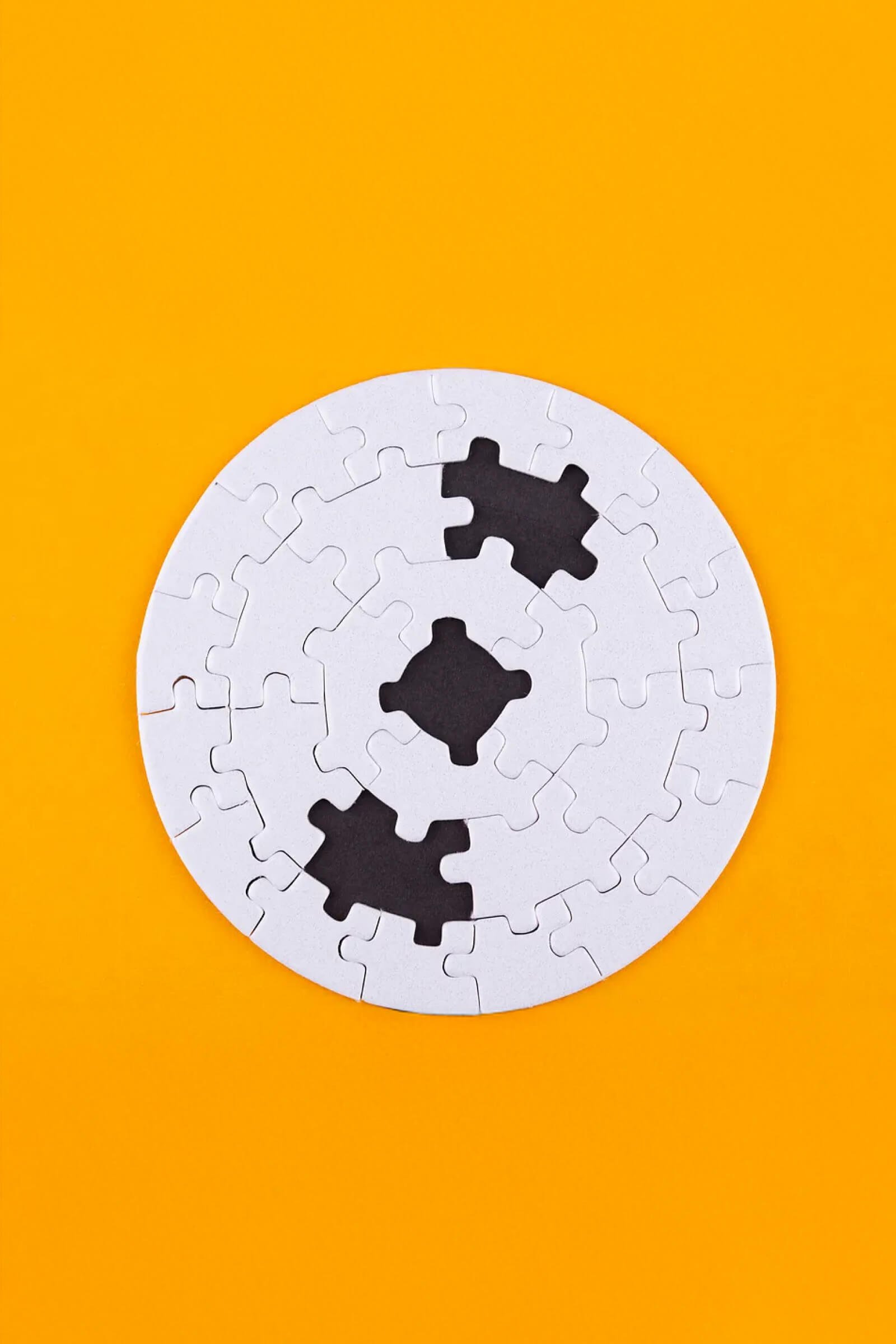
0 Comments